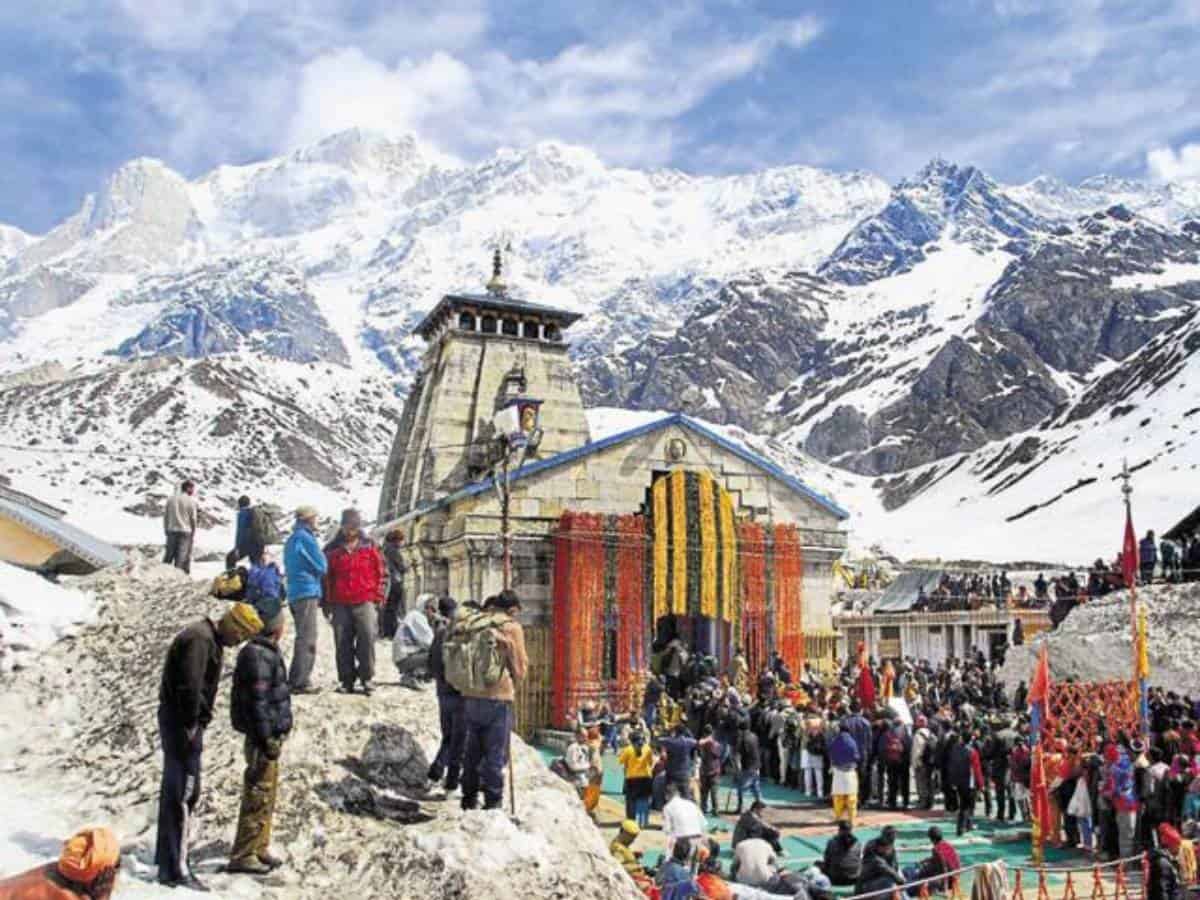[ad_1]
Beijing: China on Monday criticised Home Minister Amit Shah’s visit to Arunachal Pradesh, stating that it violated Chinese sovereignty over the area, a claim outrightly dismissed by India.
Home Minister Shah on Monday launched Vibrant Villages Programme’ from Kibithoo, the border village of Arunachal Pradesh and India’s easternmost place.
“Zangnan, (the Chinese name for Arunachal Pradesh) is China’s territory,” Chinese Foreign Ministry spokesman Wang Wenbin told a media briefing here while answering a question on Shah’s visit to the area.

“Indian officials’ activities in this area violate China’s sovereignty and (are) not conducive to peace and tranquility in the border regions. We firmly oppose it,” he said.
India last week outrightly rejected China renaming some places in Arunachal Pradesh, asserting that the state is an integral part of India and assigning “invented” names does not alter this reality.
India’s reaction came in response to Beijing announcing Chinese names for 11 more places in Arunachal Pradesh which the neighbouring country claims as Southern Tibet.
“We have seen such reports. This is not the first time China has made such an attempt. We reject this outright,” External Affairs Ministry spokesperson Arindam Bagchi said in New Delhi.
“Arunachal Pradesh is, has been, and will always be an integral and inalienable part of India. Attempts to assign invented names will not alter this reality,” he said.
It was the third batch of standardised geographical names for Arunachal Pradesh issued by China’s civil affairs ministry.
The first batch of the standardised names of six places in Arunachal Pradesh was released in 2017 while the second batch of 15 places was issued in 2021.
China’s renaming of the places in Arunachal Pradesh came in the midst of the lingering eastern Ladakh border standoff that began in May 2020.
Following the standoff, India bolstered its overall military preparedness along the Line of Actual Control (LAC) in the Arunachal Pradesh sector as well.
Last month, External Affairs Minister S Jaishankar said the situation along the LAC in eastern Ladakh remained “very fragile” and is “quite dangerous” in military assessment because of close deployments of troops of both sides in some pockets though “substantial” progress has been made in the disengagement process in many areas.
The Indian and Chinese troops are locked in a nearly three-year confrontation in certain friction points in eastern Ladakh even as the two sides completed disengagement of troops from several areas following extensive diplomatic and military talks.
India has been maintaining that its ties with China cannot be normal unless there is peace in the border areas.
[ad_2]
#China #opposes #Amit #Shahs #visit #days #renaming #places #Arunachal #Pradesh
( With inputs from www.siasat.com )









